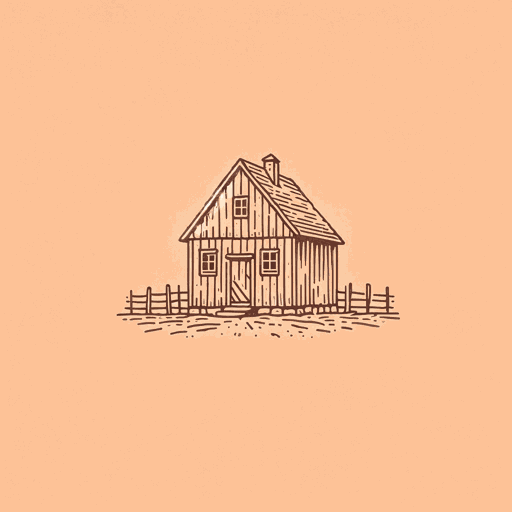49 pages • 1 hour read
Jan Tomasz GrossNeighbors: The Destruction of the Jewish Community in Jedwabne, Poland
Nonfiction | Book | Adult | Published in 2000A modern alternative to SparkNotes and CliffsNotes, SuperSummary offers high-quality Study Guides with detailed chapter summaries and analysis of major themes, characters, and more.
Chapters 18-PostscriptChapter Summaries & Analyses
Chapter 18 Summary: “For a New Historiography”
Anti-Semitism, according to Gross, “polluted whole patches of twentieth-century Polish history” (121) and created many forbidden subjects. Many people insist on avoiding any discussion of certain “shameful episodes” in Poland’s past. Gross argues that Poland must confront this history “to reclaim its own past” (121). Jedwabne has made some effort in its post-Stalinist years, but it still has some way to go. There are “two stone monuments” in town that “[commemorate] the time of war” (121). One monument claims that the Nazis killed 1,600 Jedwabne Jews, while another, “which was erected in post-1989 Poland,” commemorates around “180 people including 2 priests who were murdered […] in the years 1939-1956 by the NKWD, the Nazis, and the secret police” (121). The latter monument ignores the existence of Jews, while the former blames other parties for the murders. The truth, of course, is that the Jews were murdered by their own neighbors—fellow ordinary citizens.
Postscript Summary
The Jedwabne massacre became a subject of national attention in Poland after Agnieszka Arnold aired her documentary Where Is My Older Brother Cain? The documentary featured an interview with Bronislaw Sleszynski’s daughter. There were also investigative reports published in the daily newspaper on May 5, 2000, which had a “nationwide circulation of several hundred thousand copies” (123).

